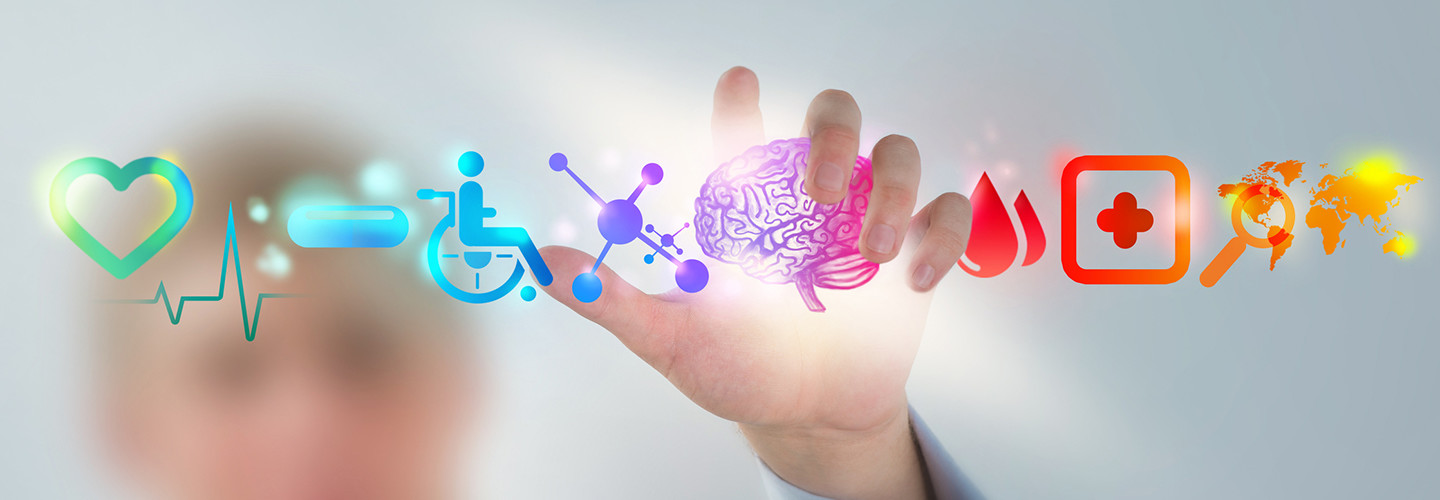3 Ways VR Medical Training Can Improve Med Student's Education
When it comes to training future doctors, instructors might want to have students put on a headset in addition to picking up that scalpel.
Studies have shown that using simulation to teach surgical procedures can “increase the learner’s knowledge base, improve decision-making, teach teamwork, and develop psychomotor skills,” according to an article titled “Teaching Surgery to Medical Students” in the medical journal Clinics in Colon and Rectal Surgery.
So what about the ultimate in simulation: virtual reality?
Dr. Robert Glatter, an emergency medicine physician in New York City, wrote an article for Forbes about the impact of VR medical education.
“VR can open up an entirely new world of possibilities to experience the tense, real-world clinical situations, which require rapid thinking and quick analysis for management of critically ill patients,” Glatter wrote.
In addition to allowing students to immerse themselves in simulation, VR can deliver other educational benefits that can assist med students as they scrub into their careers.
1. VR Medical Training Creates a Better Practice Environment
Simulation has been proven to be particularly effective when it comes to teaching highly technical procedures that doctors rarely perform, but must know how to do well.
“One such procedure, known as a cricothyrotomy — which involves making an incision into a specific area of the patient’s neck and inserting a plastic tube through a thin membrane into the trachea — requires accuracy and speed, and can be lifesaving if performed correctly, but deadly if not,” says Glatter.
Like simulation, Glatter says VR could be helpful for students who need to practice procedures that require repetition to perfect. In the field of cardiology, Glatter thinks VR will be particularly useful for teaching cardiopulmonary resuscitation (CPR) in a more realistic environment.
Next Galaxy, a developer of VR technology, is working with Miami Children’s Hospital to develop modules on CPR and other lifesaving procedures, PR Newswire reports.
2. Virtual Reality Lets Students Develop Their Bedside Manner
VR also has the potential to let future doctors actually experience their patients’ symptoms.
In June, The Huffington Post reported on the “We Are Alfred” Project at Embodied Labs, a University of Illinois at Chicago virtual reality startup dedicated to developing VR for health care. The goal of the project was to have med students experience what it is like to be elderly and have difficulty with seeing and hearing. For example, students get a feel for the limitations of macular degeneration by seeing a large, dark patch over the sight of loved ones.
“The project is focusing on comfort,” Eric Swirsky, a faculty advisor on the project, told the Huffington Post. “It’s not curing, it’s not curative, it’s not even treatment oriented. It’s about comforting and understanding where the patient is so that you can be with him.”
3. Using VR for More Immersive Training and Textbooks
VR could also shake up the standard procedure of surgical students crowding around an operating room table to watch a procedure.
In 2014, Polygon posted a story about how the Oculus Rift VR headset was used to create a first-person 3D surgery. With funding from the MOVEO Foundation, a French research institute that works to digitize medicine, a doctor wearing a GoPro camera recorded a surgery and the video was then made into a VR experience for the Oculus Rift.
“Being able to live a surgery in the surgeon’s shoes thanks to the Rift will be very useful to share and learn new techniques among physicians,” Remi Rousseau, an engineer on the project, told Polygon.
Medical students can also consider swapping the well-known reference guide Gray’s Anatomy for a headset. Unimersiv, a company that makes VR educational content for the Samsung Gear VR and Oculus Rift, has released an anatomy VR experience that gives students a close-up look at the body’s nervous system, cardiovascular system, muscles and bones.








